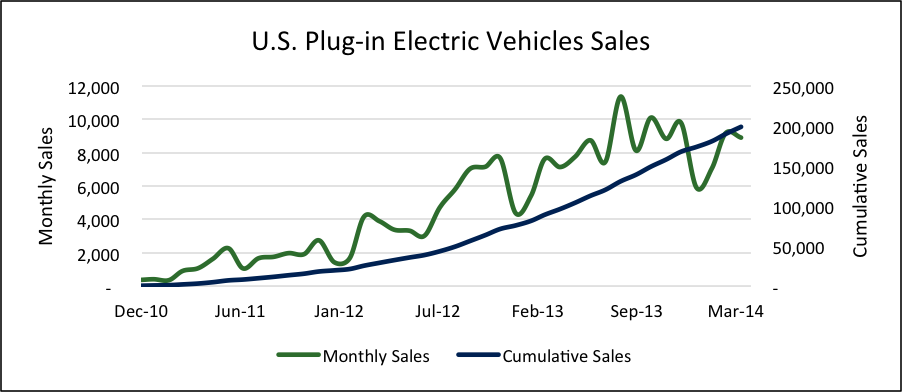States representing more than a quarter of U.S. car sales made a strong statement today that they’ll be engaged in advancing the deployment of zero emission vehicles (ZEVs).
In their “Multi-State ZEV Action Plan,” eight states — California, Connecticut, Maryland, Massachusetts, New York, Oregon, Rhode Island, and Vermont — lay out an ambitious agenda to support vehicle sales and fueling infrastructure over the next decade with the goal of putting 3.3 million ZEVs on the roads by 2025. These vehicles, which include cars fueled by electricity and hydrogen, are a key part of our efforts to reduce the emissions contributing to climate change.
The transition to a low-carbon transportation system will take decades and cost billions. As C2ES has noted in our work in this area, government is unlikely to make significant new investments in the near term, but it can play a critical role in encouraging private sector investment in ZEVs and their infrastructure.
In its action plan released today, the multi-state collaborative highlights the need for states to prepare the market so that private enterprise can: “(1) produce, market, and sell desirable vehicles; (2) identify the right business model(s) and build out a viable fueling infrastructure; and (3) ensure that competitively priced fuels are available for ZEVs.” The plan, which follows an agreement the states’ governors signed last October initiating this collaboration, provides many examples where government can enact low- or no-cost policies that will stimulate private investment in ZEV deployment, particularly as it relates to fueling/recharging infrastructure.
Since late 2010, Americans have bought about 200,000 plug-in electric vehicles, but more steps are needed to expand the market beyond these early adopters. The steady climb in total vehicles on the road has masked relatively flat sales in 2014 (see chart below). One way to spur sales is to make sure interested buyers have the opportunity to refuel or recharge when they’re on the go.

